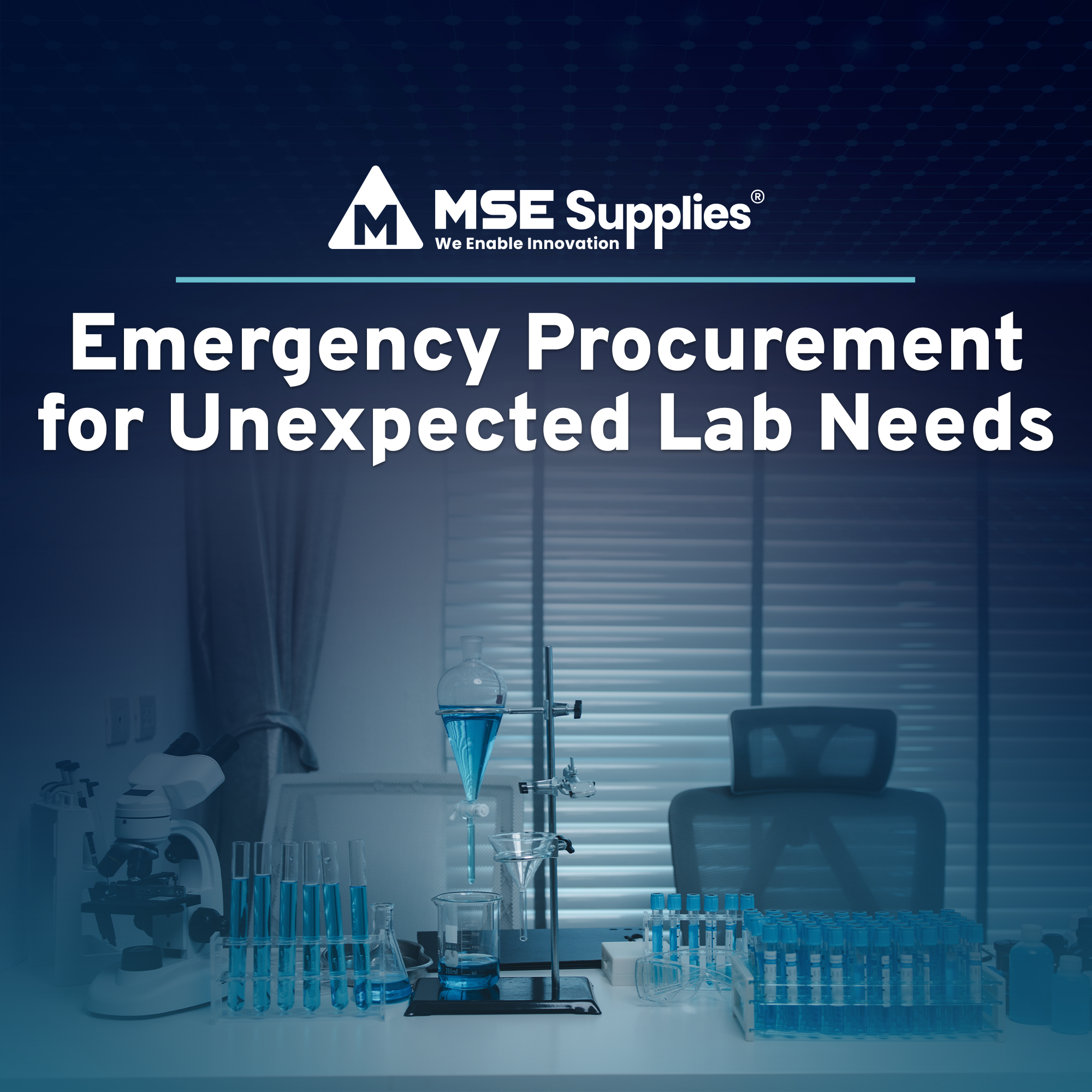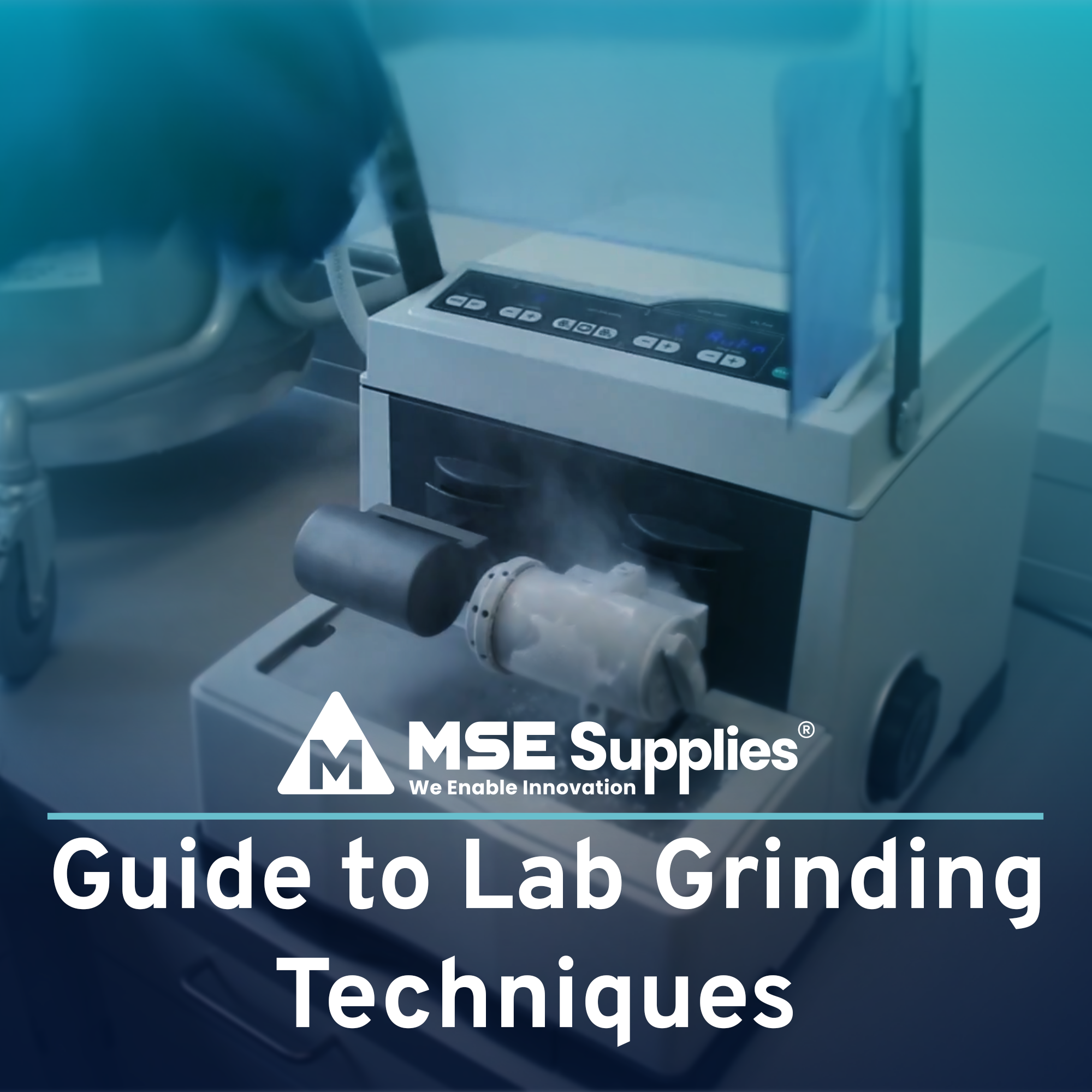Fluorescence vs. Phosphorescence: Shedding Light on the Difference
Posted by Marketing Team on

Different materials produce a glow under blacklight but sustain their emission after the light source is turned off. Two types of photoluminescence, known as fluorescence and phosphorescence, are responsible for most glowing effects. These phenomena possess much value beyond their mesmerizing effects because they serve vital roles in various research applications, and diagnostic and materials science operations. Understanding the underlying light-emitting processes provides information about how substances respond to energy exposure, which has strategic value from biology to materials science.
Luminescence: Shedding Light on the Basics
Substances emit light as luminescence without heat, which differentiates it from thermal light emission through incandescence. The occurrence of this phenomenon results from molecules that absorb energy and then release it as visible or near-visible light. Molecules absorb energy, which subsequently excites electrons by elevating them from the ground state to a high-energy excited state. Light emission occurs when electrons move back to their ground state, releasing the excess energy.
The excitation sources determine the different types of luminescence, with photoluminescence involving light-induced emission, chemiluminescence resulting from chemical reactions, bioluminescence occurring in living organisms, and electroluminescence resulting from the interaction of an electric field with a solid. Photoluminescence contains two subtypes: fluorescence and phosphorescence. These phenomena are extensively researched in materials science fields, as well as in biological sciences and chemical analysis.
The basis of luminescence research's scientific importance is its functional ability to identify structural information, environmental changes and molecular dynamics. The analysis of modern scientific data through analytical methods heavily depends on identifying luminescent properties, which help track protein folding in biochemistry, develop glow-in-the-dark safety materials and detect pollutants in environmental science.

UV light is directed onto these paints, making them fluorescent. When the UV light is turned off, they continue to glow, showing some of the paint are phosphorescent.
Fluorescence vs. Phosphorescence: What’s the Difference?
Photoluminescence produces both fluorescence and phosphorescence; however, these two effects vary through electronic transition rules and emission durations and lengths. Fluorescence differs from phosphorescence through the electron spin states and also through the duration of electron transitions back to their ground state.
The direct return of an excited electron from a singlet state generates fluorescence by emitting light for nanoseconds. The system provides quick detection, as it can operate at high speeds in applications such as real-time biological system imaging and scanning analytical devices.
Phosphorescence, in contrast, involves a more complex transition. After initial excitation, the electron proceeds from a singlet state to a triplet state (opposite spin) through intersystem crossing, which is forbidden by quantum rules. The forbidden nature of this transition extends the return time to the ground state, resulting in the prolonged emission of light, which can range from milliseconds to hours. Glow-in-the-dark materials and oxygen detectors operate due to this mechanism.

Knowing this distinction leads to the successful selection of appropriate detection systems, which is essential beyond theory. Using the proper luminescence detection system enables researchers to generate results that are both precise and significant during their examination of fast biochemical reactions and lengthy material emissions.
Meet the OLIS PLT3: A Lifetime Analyzer for Both Worlds
The OLIS Phosphorescence Lifetime (PLT3) system is built for researchers who want to study both fluorescence and phosphorescence with precision. Initially designed for the CLARiTY system to measure dissolved oxygen during absorbance readings, the PLT3 evolved into a standalone product in 2019. It measures emission decay curves up to 4,000 times per second, making it ideal for studying microsecond lifetimes. Whether you’re observing quick fluorescence decay or the prolonged glow of phosphorescence, PLT3 delivers the data needed for reliable analysis.
Why Researchers Trust OLIS
OLIS has built a reputation for delivering precise and innovative optical spectroscopy systems that meet the needs of researchers across a broad spectrum of disciplines. By using OLIS products, researchers gain access to spectrophotometry systems for absorbance, fluorescence, phosphorescence, circular dichroism, and circularly polarized luminescence—all designed to advance research in an efficient, effective, and economical fashion.
All the uniquely sophisticated offerings from OLIS are tailored for measurements of different types of materials, including turbid samples such as whole cells, hydrogels, nanoparticles, and even beverages. These systems eliminate the need for time-consuming and resource-intensive sample clarification, freeing up valuable lab time.

Each OLIS system is hand-crafted and individually produced, ensuring high quality and a personal approach to customer support. Whether you're working with advanced photophysical studies or biochemical analysis, OLIS instruments are built to support your most ambitious research goals.
MSE Supplies is proud to be an official distributor of OLIS products, providing tailored solutions to meet your research needs. Whether you’re measuring subtle fluorescence responses or monitoring long-lived phosphorescence, OLIS instruments are ready to support your discoveries. Contact us today to speak to our specialist to get you the best option for your spectroscopic needs.
Follow MSE Supplies on LinkedIn for the latest in spectroscopic technologies, research insights, and product launches. You can also subscribe to our newsletter for industry updates delivered straight to your inbox.
References:
-
Brainiac75. (2014, November 23). Fantastic phosphorescence! [Video]. YouTube. https://www.youtube.com/watch?v=is1VH1yht2w



